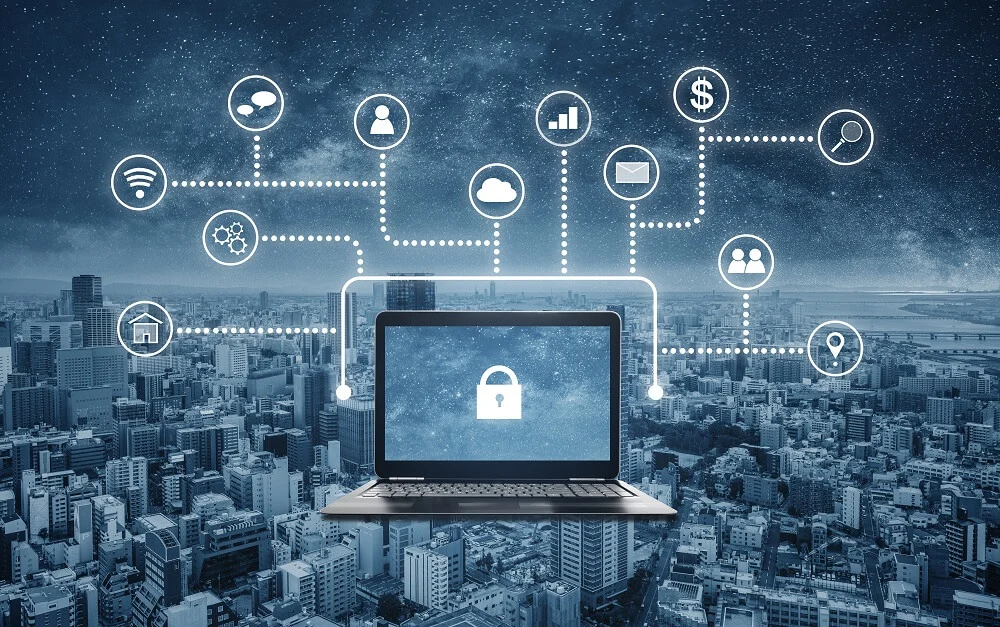Any person with or without authorized access to or knowledge of an organization’s resources, such as staff, facilities, information, equipment, networks, and systems, is considered an insider. Insider threat refers to the possibility that an insider will utilize their allowed access or knowledge of an organization to harm it. Malicious, complacent, or unplanned activities that compromise the integrity, confidentiality, or availability of the company, its data, staff, or facilities are examples of this harm. This generic description may be better appropriate and adaptable for the usage of external stakeholders and customers of DHS. Third parties posted the Outsider or external risks. They are unlikely to have a personal attachment to their targets, preferring to pursue what will bring them the most money. It is the most well-known instance of cybercrime.
Six things you should know about insider threats:
Unusual System Access Requests
Sending Emails to Unregistered Email Addresses

Sending emails to unauthorized addresses or outside mailing addresses of the organization is a form of potential insider threat signal. Unauthorized or external email accounts are unknown to your organization’s authority. Insider threats communicate or transfer sensitive data to unauthorized email addresses without your knowledge or consent. Sensitive information, financial data, classified information, encryption keys, and file attachments may be included in the email.
Using the Systems Outside of Business Hours
Changes in Colleague Behavior

Receiving an Excess Quantity of Data
Getting to Know the System and Its Resources






